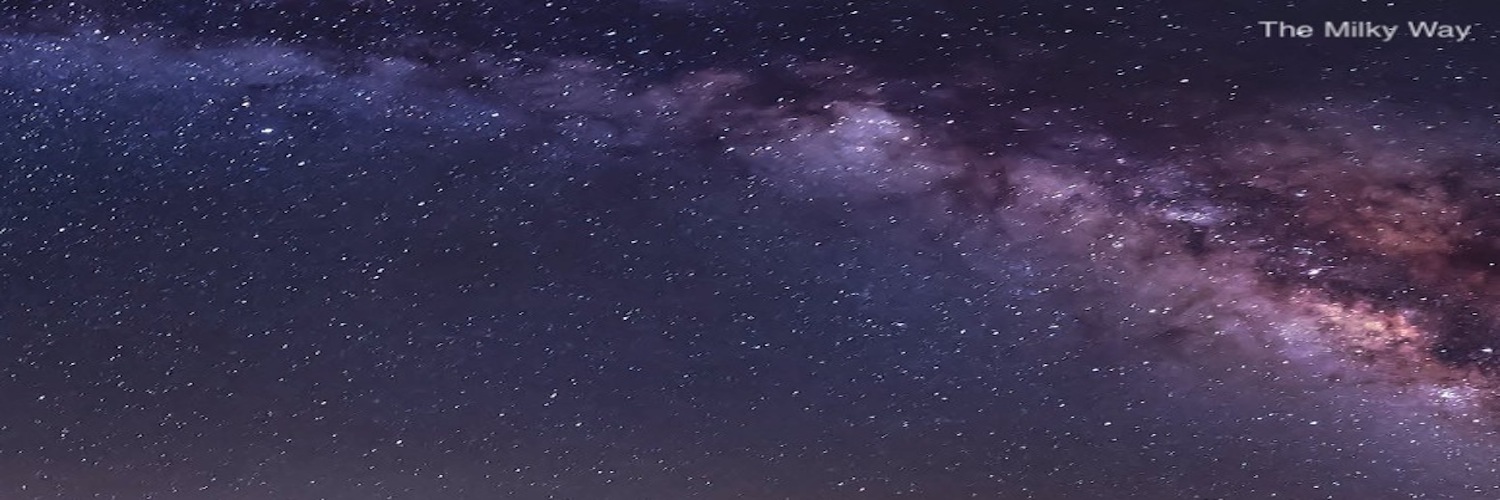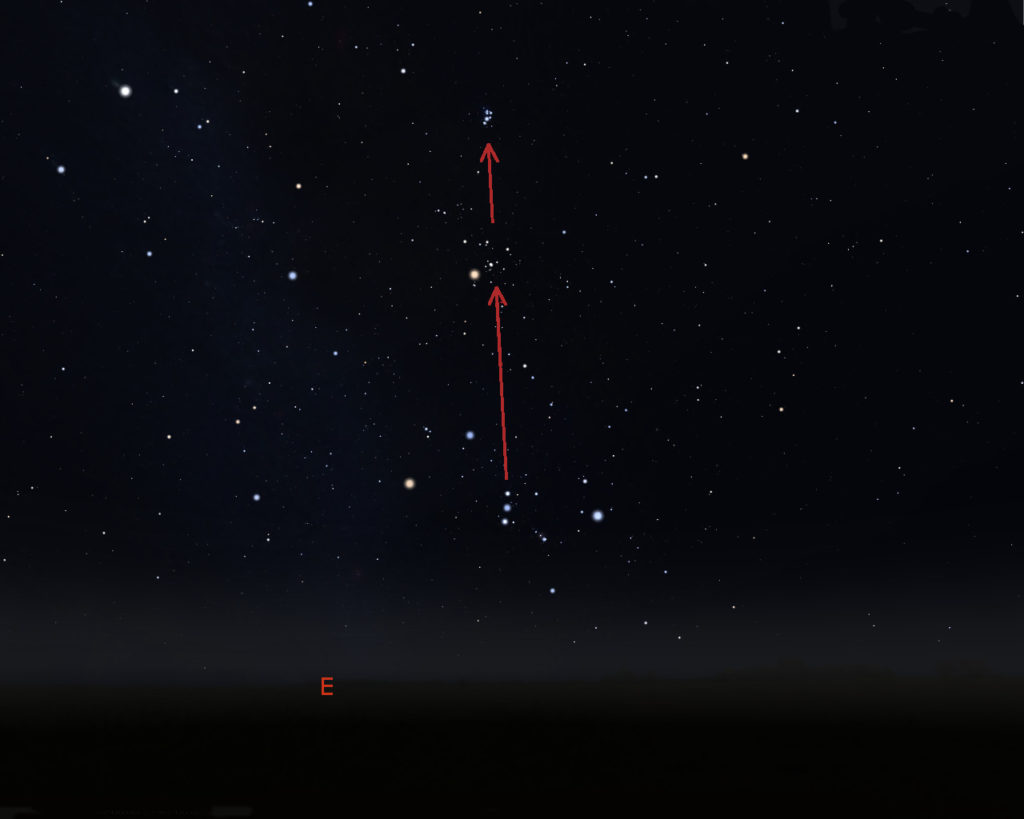
The Pleiades and Hyades in the Winter Night Sky
Jonathan Poppele, author of Night Sky: A Field Guide to the Constellations, tells us how to locate the Pleiades and Hyades in the winter night sky.
 Winter is setting in here in the Northern Hemisphere. Early sunsets give us many hours of darkness before bedtime, making this a great season to get out and look at the stars. The early winter sky is home to the brightest star clusters in the heavens, and the cool, crisp air seems to make these gems shine even more brilliantly. So bundle up, pack a thermos of hot cocoa, maybe grab a lawn chair and a pair of binoculars, and head out to see some of the most beautiful sights in the night sky.
Winter is setting in here in the Northern Hemisphere. Early sunsets give us many hours of darkness before bedtime, making this a great season to get out and look at the stars. The early winter sky is home to the brightest star clusters in the heavens, and the cool, crisp air seems to make these gems shine even more brilliantly. So bundle up, pack a thermos of hot cocoa, maybe grab a lawn chair and a pair of binoculars, and head out to see some of the most beautiful sights in the night sky.
To get the most out of your time out under the stars, find a good place to observe them. The ideal spot will have good views of the southern and eastern horizons—and be away from excessive light pollution. For many of us, light pollution is impossible to avoid, but we can take a few steps to minimize its impact. If you can’t get away from urban or suburban lighting, try to use the shadows of buildings, trees, or landscape to shield your eyes from the glare of direct lighting. In the park near my house in Saint Paul, Minnesota, I tuck into the shadowed spaces between a small hill and a row of trees that block the street lights while still giving me a clear view to the southeast.
Once you find a good spot, sit back and take in the beauty of the winter sky. The early winter offers excellent views of two of the largest, brightest star clusters in the sky: the Pleiades and the Hyades. In Greek mythology, both groups of stars are said to represent daughters of the titan Atlas and the nymph Pleione. Both clusters are easy to find as well. When the bright stars of Orion begin to rise in the east, follow the line of his belt upward to the Hyades and then the Pleiades.

The Pleiades, also known as the Seven Sisters, is the most famous star cluster in the world and is easy to spot, even under suburban skies. People with sharp vision report being able to spot six individual stars—though in my nearsighted eyes it has always looked like a shimmering smudge about the size and shape of a thumbprint. Whether your eyesight is sharp or fuzzy (like mine), the Pleiades are spectacular in binoculars. The brightest stars of the cluster form a tiny dipper, and binoculars will reveal a dozen or so dimmer members in the cluster.
A bit below the Pleiades in the sky are the Hyades. Dimmer and more diffuse than the Pleiades, the Hyades form the head of the bull in the constellation Taurus. This rich cluster fills the field of view in typical binoculars. Sharing this field of view is Aldebaran, the bright orange star that marks the eye of Taurus. The Hyades is the closest star cluster to the earth, which is why it is so large and spread out in our sky. Located just 153 light years away (about 900 trillion miles—which is quite close by astronomical standards!) it covers an area of the sky more than 100 times as large as the full moon. Too large to view in most telescopes, this nearby cluster of stars is ideally observed through binoculars.
Enjoy these two beautiful star clusters on a clear winter evening. They may be some of the best lights you will see all season.
If you enjoyed this post check out Jonathan Poppele’s post on Taurus, one of the Constellations of the Zodiac. Stay informed about all our books and sign up for our newsletter now!



Pingback: A Look at Taurus and the Constellations of the Zodiac - Adventure Publications